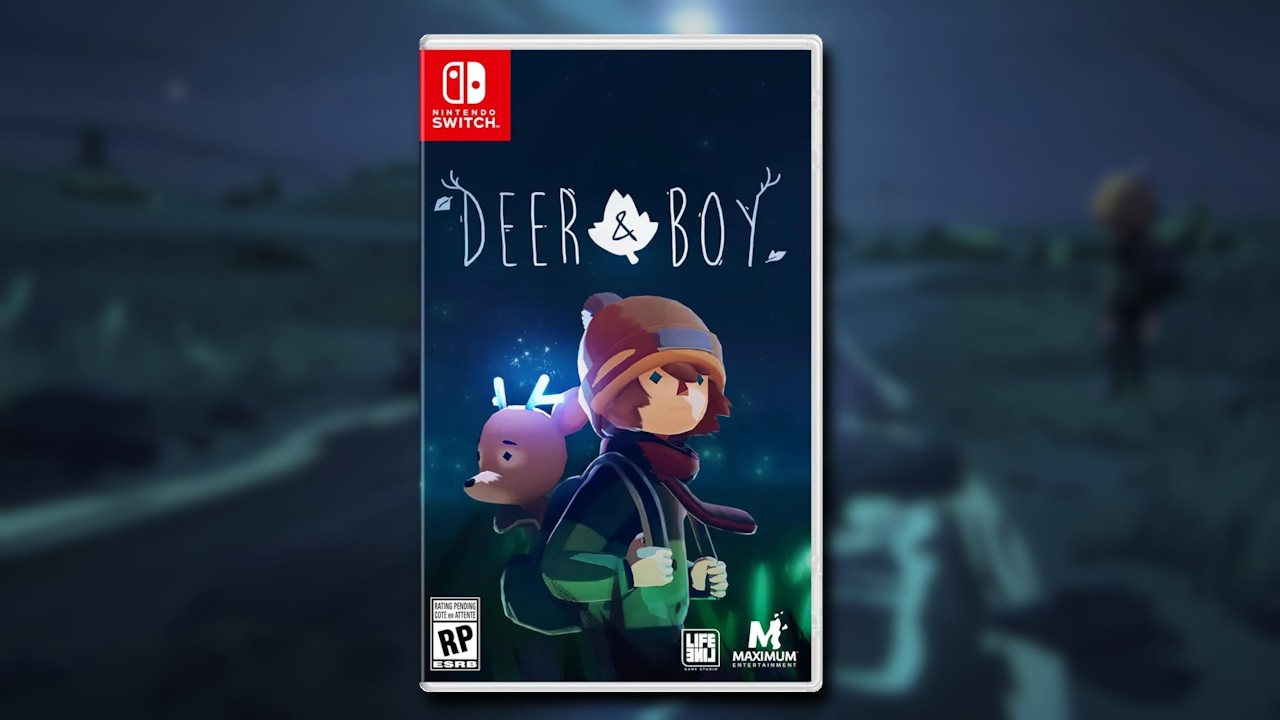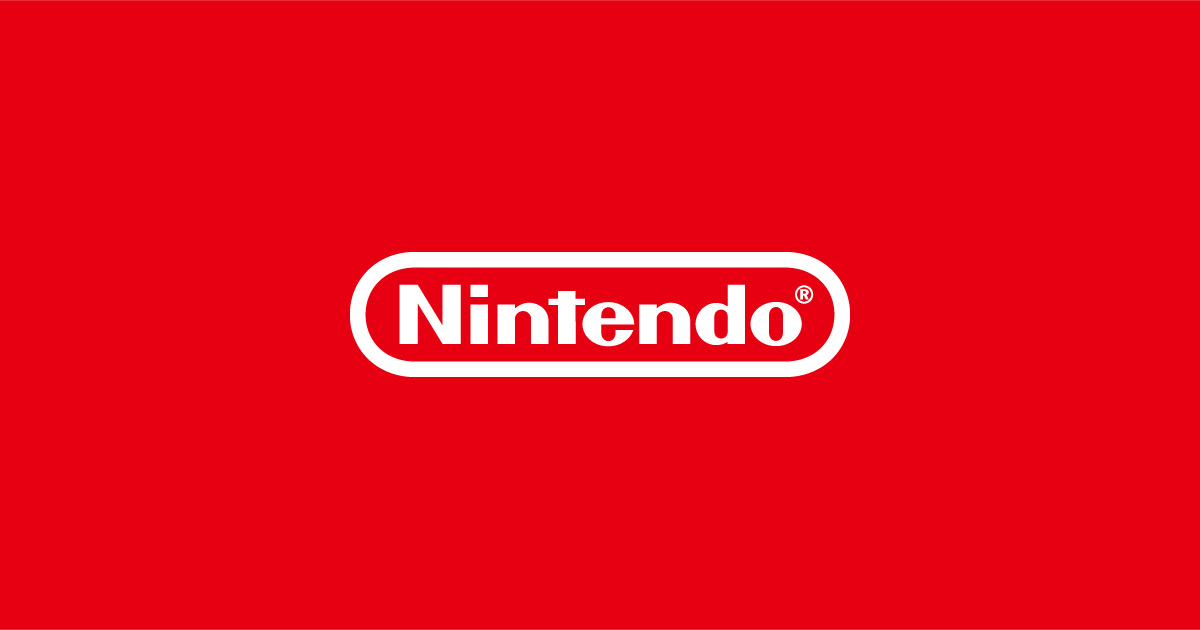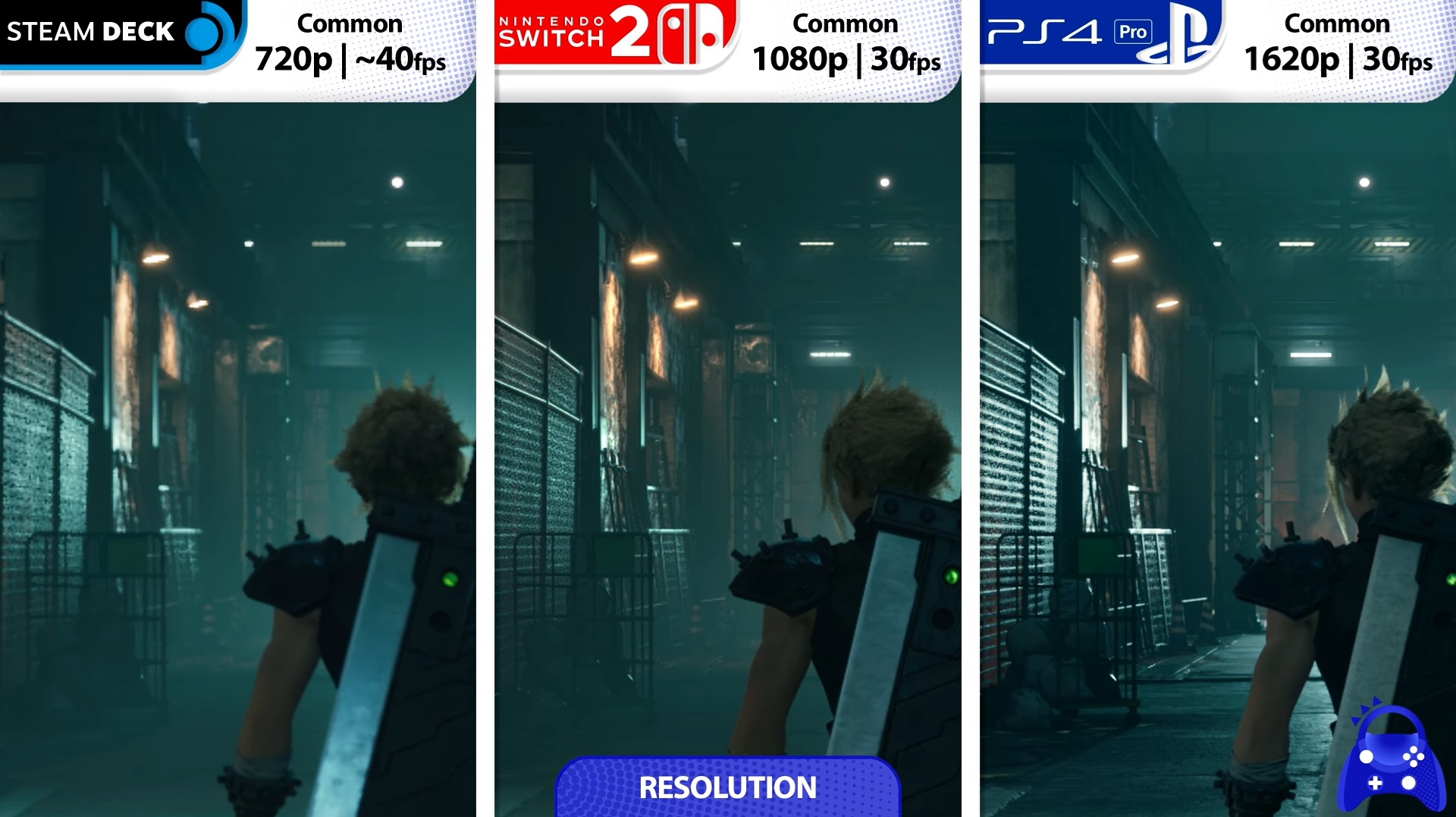FAST Racing NEO: Shin’en Multimedia Delivers High-Speed Futurism on Wii U
Twelve years after the last installment of F-Zero with the Japan-exclusive F-Zero Climax, anticipation remained high for any developer daring to step into the realm of futuristic racing on Nintendo platforms.
German studio Shin’en Multimedia rose to the occasion, captivating fans and industry watchers with their standout entry, FAST Racing NEO, on the Nintendo Wii U.
While Nintendo expressed via Shigeru Miyamoto in 2015 that a return for F-Zero would require 'a new type of controller interface' before they felt satisfied to revive the series, Shin’en Multimedia seized the moment to put their mark on the genre. Established as a reputable Nintendo eShop developer, Shin’en Multimedia had previously impressed audiences with FAST Racing League on WiiWare.
With the increased power of the Wii U, the developer dramatically pushed the boundaries to deliver a visually stunning and mechanically refined title in FAST Racing NEO.
The game launched globally on the Nintendo eShop for Wii U on December 10, 2015, immediately drawing comparisons with F-Zero and WipEout, yet clearly defined by its own design ethos and innovative mechanics. FAST Racing NEO is celebrated for its exhilarating sense of speed, sending players hurtling across 16 meticulously designed tracks.
Environments range from icy highlands and deep canyons to meteor-strewn spaceways, showcasing the Wii U hardware’s capabilities with crisp graphics and high frame rates.
Shin’en’s CEO, Manfred Linzner, highlighted their goal of making "every race feel like an adrenaline rush," a target the team met with their signature polish and attention to detail. Players begin their journey in the Championship mode, familiarizing themselves with FAST Racing NEO’s diverse vehicles and tracks across tiered leagues such as Cobalt, Xenon, Titanium, and Neon Cups.
Progressing through these leagues unlocks additional vehicles, each with unique traits like speed, acceleration, and weight.
Mastery is further tested by mechanics like dynamic boost strips and jump pads that require players to actively switch their vehicle's energy alignment to match track sections—a twist that adds tactical depth and rewards quick reflexes. The game offers multiple modes, including Time Attack, where speedrunners can compete with Shin’en’s best laps, and Hero Mode, which echoes the challenge and tension of the F-Zero series by tying boost energy to vehicle survivability.
Multiplayer features both local split-screen for up to four players and online play, where eight competitors can race in real-time.
While the online community at launch could be sparse at off-peak times, the robust local modes ensured enduring replayability for fans. The sound design and presentation set FAST Racing NEO apart within the eShop catalog, with a laser-focused futuristic soundscape and stylized visuals that maximize the Wii U’s unique hardware.
Though some critics noted a learning curve with the game's handling mechanics, overall, Shin’en Multimedia succeeded in crafting a racing experience hailed for its speed, tension, and polish. In conclusion, FAST Racing NEO stands as a testament to Shin’en Multimedia’s technical prowess and their commitment to innovation on Nintendo platforms.
The game fills the void left by F-Zero with style and speed, offering Nintendo fans an essential entry in the futuristic racing genre.
As the industry looks forward to further developments on Nintendo Switch and beyond, FAST Racing NEO remains a highlight of the Wii U’s exclusive library.
German studio Shin’en Multimedia rose to the occasion, captivating fans and industry watchers with their standout entry, FAST Racing NEO, on the Nintendo Wii U.
While Nintendo expressed via Shigeru Miyamoto in 2015 that a return for F-Zero would require 'a new type of controller interface' before they felt satisfied to revive the series, Shin’en Multimedia seized the moment to put their mark on the genre. Established as a reputable Nintendo eShop developer, Shin’en Multimedia had previously impressed audiences with FAST Racing League on WiiWare.
With the increased power of the Wii U, the developer dramatically pushed the boundaries to deliver a visually stunning and mechanically refined title in FAST Racing NEO.
The game launched globally on the Nintendo eShop for Wii U on December 10, 2015, immediately drawing comparisons with F-Zero and WipEout, yet clearly defined by its own design ethos and innovative mechanics. FAST Racing NEO is celebrated for its exhilarating sense of speed, sending players hurtling across 16 meticulously designed tracks.
Environments range from icy highlands and deep canyons to meteor-strewn spaceways, showcasing the Wii U hardware’s capabilities with crisp graphics and high frame rates.
Shin’en’s CEO, Manfred Linzner, highlighted their goal of making "every race feel like an adrenaline rush," a target the team met with their signature polish and attention to detail. Players begin their journey in the Championship mode, familiarizing themselves with FAST Racing NEO’s diverse vehicles and tracks across tiered leagues such as Cobalt, Xenon, Titanium, and Neon Cups.
Progressing through these leagues unlocks additional vehicles, each with unique traits like speed, acceleration, and weight.
Mastery is further tested by mechanics like dynamic boost strips and jump pads that require players to actively switch their vehicle's energy alignment to match track sections—a twist that adds tactical depth and rewards quick reflexes. The game offers multiple modes, including Time Attack, where speedrunners can compete with Shin’en’s best laps, and Hero Mode, which echoes the challenge and tension of the F-Zero series by tying boost energy to vehicle survivability.
Multiplayer features both local split-screen for up to four players and online play, where eight competitors can race in real-time.
While the online community at launch could be sparse at off-peak times, the robust local modes ensured enduring replayability for fans. The sound design and presentation set FAST Racing NEO apart within the eShop catalog, with a laser-focused futuristic soundscape and stylized visuals that maximize the Wii U’s unique hardware.
Though some critics noted a learning curve with the game's handling mechanics, overall, Shin’en Multimedia succeeded in crafting a racing experience hailed for its speed, tension, and polish. In conclusion, FAST Racing NEO stands as a testament to Shin’en Multimedia’s technical prowess and their commitment to innovation on Nintendo platforms.
The game fills the void left by F-Zero with style and speed, offering Nintendo fans an essential entry in the futuristic racing genre.
As the industry looks forward to further developments on Nintendo Switch and beyond, FAST Racing NEO remains a highlight of the Wii U’s exclusive library.






